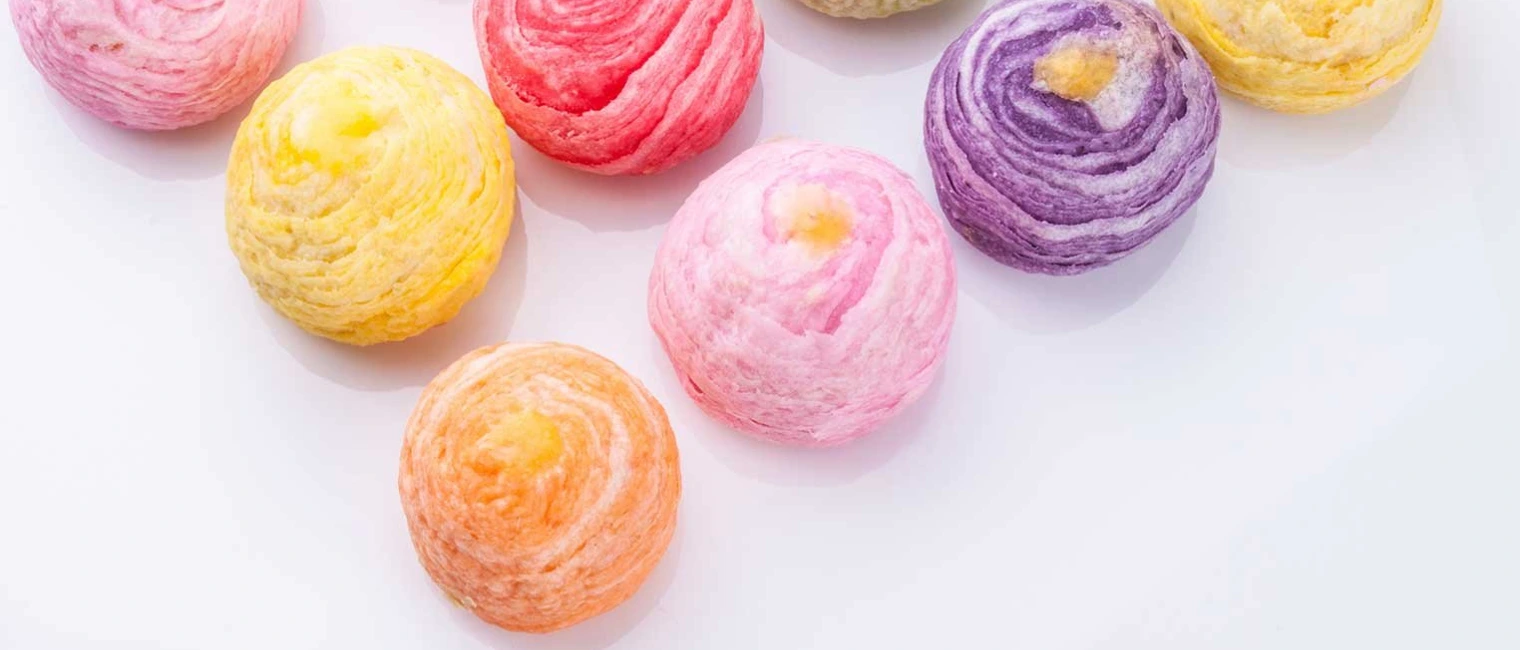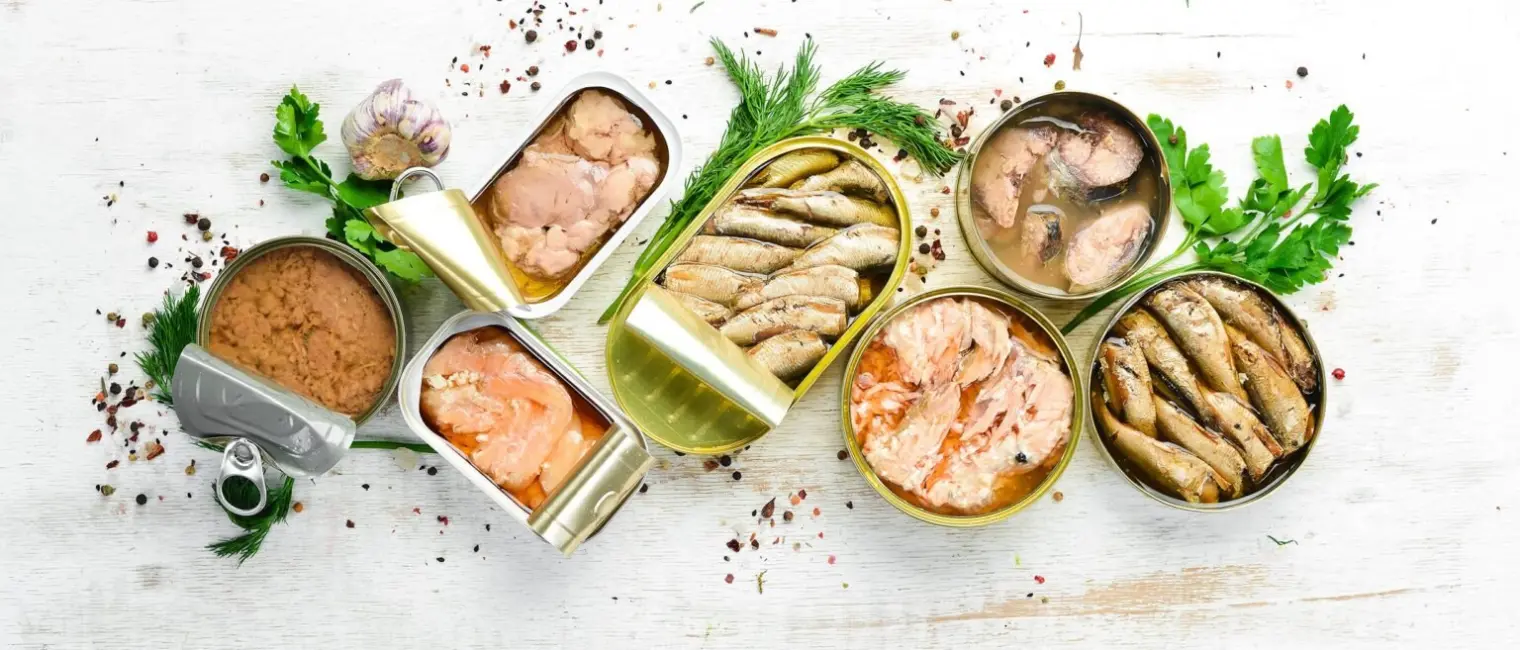In a world where the rainbow hues of candies reign supreme, convincing little ones to embrace the greenness of nature’s bounty can feel like an uphill battle. Children often wrinkle their noses at a plate of broccoli, but what if there were a way to bridge the gap between healthy choices and visual appeal? Enter the vibrant world of natural food colors.
For parents seeking clean-label ingredients and manufacturers navigating evolving consumer preferences, natural colors offer a unique solution. They allow the creation of visually captivating food that aligns with the growing demand for healthier alternatives, all without compromising safety or taste.
The Allure of Color
Children are hardwired to be drawn to bright colors. Vibrant hues can enhance the perceived palatability of food, leading to increased consumption, especially among picky eaters. This inherent love of color plays a crucial role in shaping their early food experiences and influencing their dietary choices later in life.
Moreover, in today’s increasingly health-conscious world, consumers actively embracing natural colorants align with this trend, allowing manufacturers to meet market demands for clean-label products while still captivating young taste buds.
Introducing Nature's Palette
Natural food colors are not just subdued imitations; instead, they represent vibrant expressions of nature’s abundance. Extracted from fruits, vegetables, and other plant sources, these colors showcase the diverse and colorful offerings that the natural world provides. Beetroot’s earthy red, turmeric’s golden yellow, and spirulina’s vibrant blue – these are just a glimpse into the diverse palette available.
These pigments are carefully extracted and processed, capturing the natural hues without compromising safety or stability. From gentle steam extraction to water-based concentration methods, the focus remains on preserving the integrity of these colorants while making them suitable for food production.
Beyond Aesthetics: Flavor & Function
Natural colors aren’t merely visual enhancements; they can also be subtle flavor partners. Beetroot’s subtle earthiness, for instance, can complement savory notes, while paprika’s citrusy hint can add a touch of intrigue to snacks. This opens up a world of culinary possibilities, allowing manufacturers to create not just visually appealing treats but also flavor-forward experiences that pique young palates.
Furthermore, some natural colors offer additional nutritional benefits. Spirulina, for example, is a well-known source of antioxidants, adding a functional element to its vibrant blue hue. By embracing these “functional colors,” manufacturers can create not just delicious but also nutritionally enriched options for children.
A World of Culinary Imagination
Natural colors open a door to boundless creativity in product development. These possibilities inspire innovation, allowing manufacturers to develop healthy and visually captivating options that capture children’s imaginations and entice them to embrace nutritious choices.
Embracing natural food colors is not simply a trend; it’s a commitment to a brighter future for children’s diets. By harnessing the power of nature’s palette, manufacturers can create visually stunning and deliciously healthy food that nourishes both body and mind.
When it comes to nurturing little taste buds, look no further than the vibrant hues of nature. Please visit https://roha.com/ or get in touch with us at contact@rohagroup.com to bring a world of color, flavor, and nutrition to the young ones who matter most.






Global
Simpsons